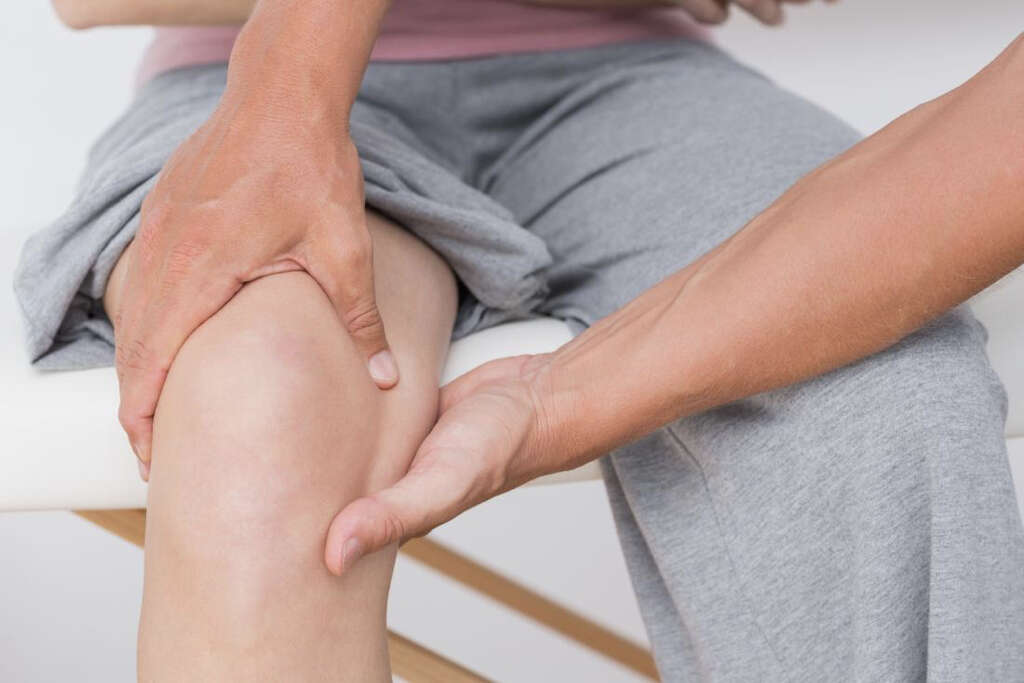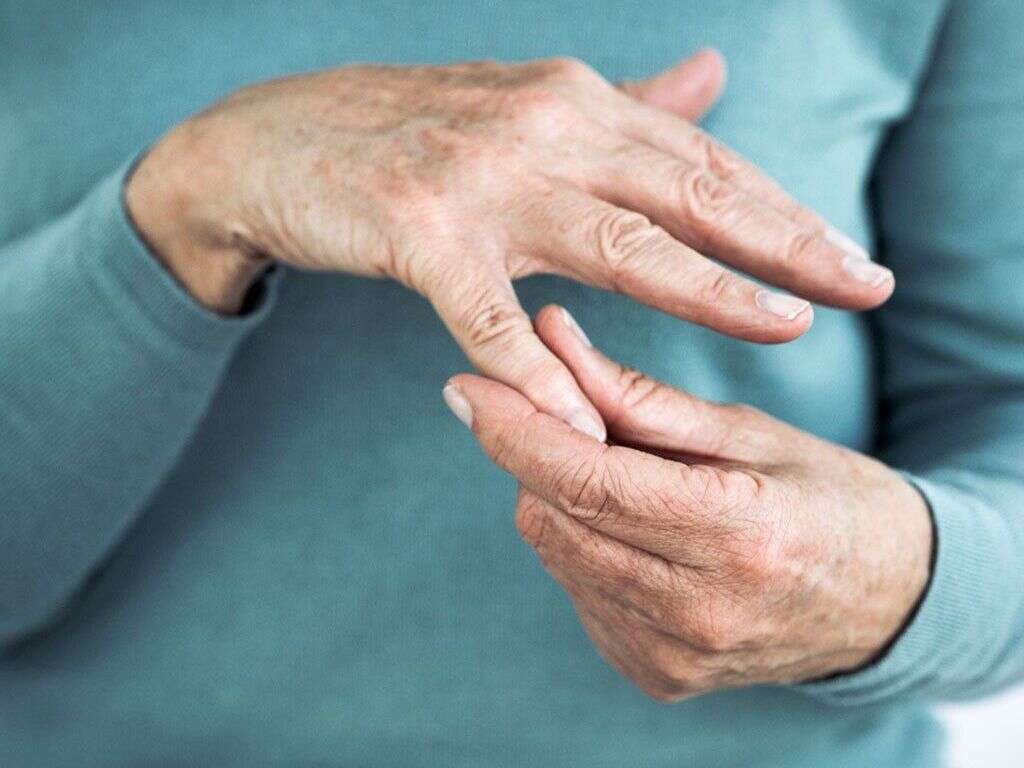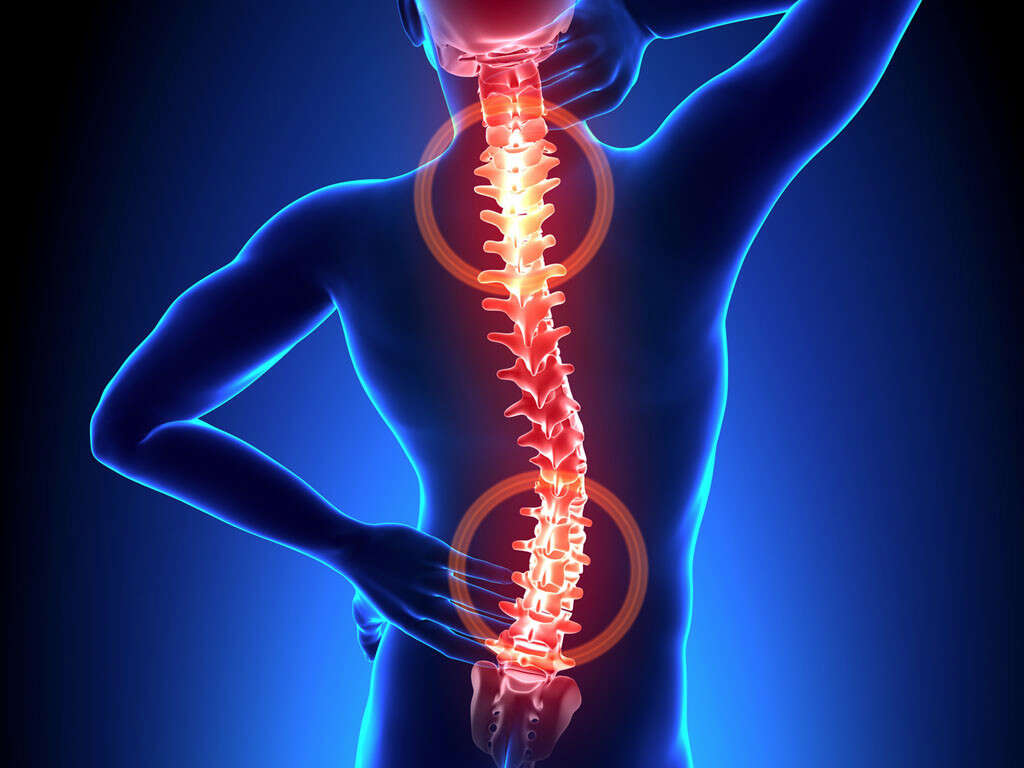What Is Psoriatic Arthritis?
4. Types of Psoriatic Arthritis
In asymmetrical oligoarticular arthritis, different joints on each side of the body are affected. Moreover, the toes and fingers are usually affected first, possibly resulting in dactylitis. Large joints such as the knee can also be involved.
Another pattern of joint involvement is symmetrical polyarthritis, which is thought to be the most common type of psoriatic arthritis. It develops on both sides of the body, meaning that it will usually involve the contralateral joint, and it may involve many joints at a time. Generally, wrists, hands, feet, and ankles are affected. On the other hand, distal interphalangeal arthropathy is estimated to only occur in 5% to 10% of patients, mostly men. It involves a tiny joint that is located at the tip of the finger, just before the start of the nail. Finally, arthritis mutilans is a rare form of psoriatic arthritis and can be as severe as rheumatoid arthritis. In arthritis mutilans, there is bone loss, and the joint breaks down, resulting in deformities. In about 5% of patients with psoriatic arthritis, there is the involvement of the spine.
Advertisement












